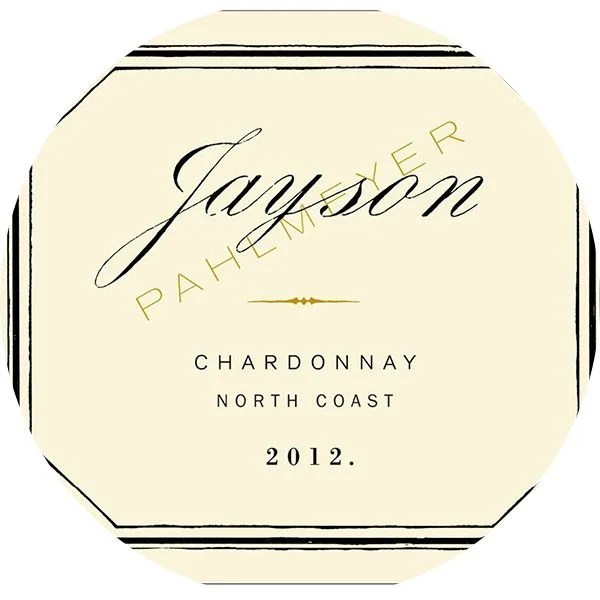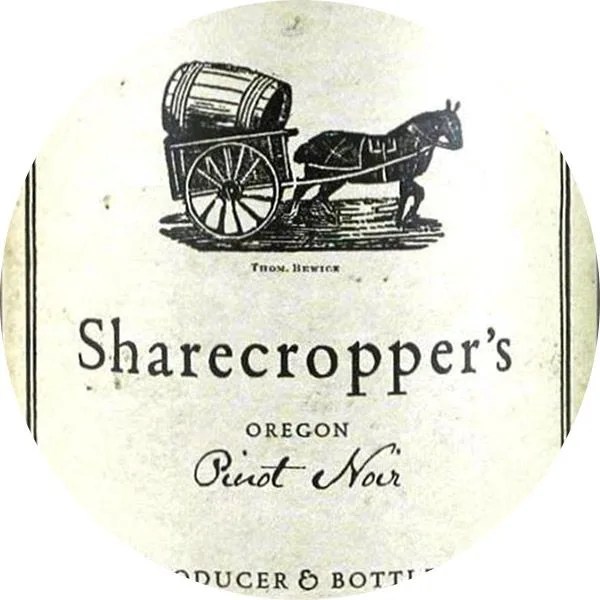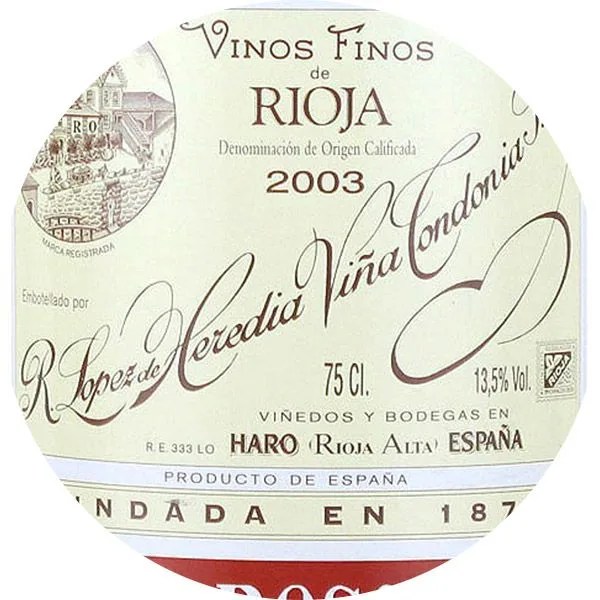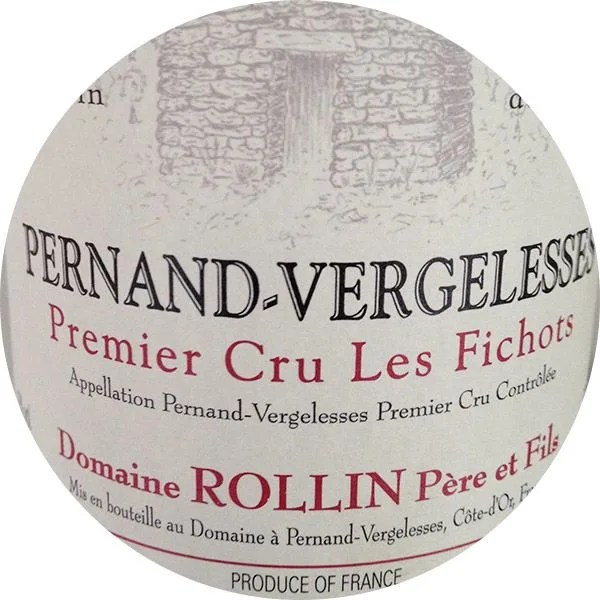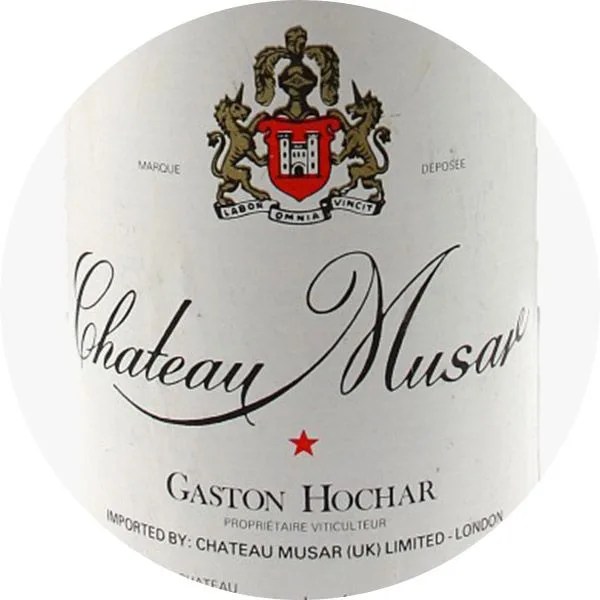Oak is a funny thing in the wine world: it’s an important piece of winemaking’s most traditional methods, employed in old-school regions ranging from Burgundy to Barolo, but in recent years the general association has shifted toward the New World, especially California and Australia. The mere mention of an oaked or “oaky” wine tends to divide the world of wine drinkers right down the middle; we either love those toasty, buttery, cola-spice notes we’ve been told are part and parcel with oak use, or we run screaming, empty glasses in hand.
As it turns out, though, it’s not so simple. Chances are, even if you’re a die-hard oak hater, you’ve had a few wines that have seen some oak at some point in their lives that you really loved. Vice versa for you, Mr. Oak-tastic. It all comes down to the kind of the oak the winemaker uses, how she uses it and for how long.
Why Oak, Anyway?
Ultimately, we have the Romans and Gauls to thank for the oak thing. A quick history lesson: Until the Romans invaded what we know now as France, their wines were stored and transported throughout the Empire in clay amphorae — big, clay pots. The farther the Empire expanded, however, the heavier those pots seemed. Lo and behold, the Romans noticed the Gauls storing their beer in oak barrels made from the abundant forests of Central France and thought, “We could do that.” Oak’s a relatively soft wood, so it needs minimal toasting to make it malleable enough for cooperage. Bam! Veni, vidi, vini.
Today traditional French and Italian winemaking uses oak barrels to store wine during fermentation, maturation or both. Allowing the wine to hang out in these barrels for a period of a few months to a few years benefits the resulting wine in ways stainless steel or cement tanks (the next-most popular choices for fermentation vessels) really can’t achieve without a lot of technology. (Note: There’s a lot of cool stuff that happens in barrel, it’s true, but it doesn’t mean barrel-aged wines are automatically superior to those made in stainless or cement, and don’t let anybody tell you otherwise.)
How Oak Barrels Work
First, let’s not forget that oak barrels are made of oak, and oak is wood. Wood by its nature is a porous material. Even in its tightest grain form, wood allows microscopic quantities of oxygen to pass through the barrel and into the wine inside. This is a process wine folk fancily refer to as to microoxygenation, and it’s pretty important for a few reasons, some having to do with alcohol content, some with acidity and tannin, some with the development of aromatic and flavor compounds as molecules get together and/or break up over time. Ultimately, however, this little bit of exposure to oxygen is what will help your wine transform from awkward teenager to renaissance man. It will also give your wine some of its secondary notes — meaning aromas and flavors that go beyond just primary notes of fresh fruit.
Second, oak barrels are toasted during cooperage to warm up the staves (the smaller pieces of wood that make up the whole barrel), making them more malleable and ensuring that they keep their shape once they cool. The toasting of the barrel caramelizes the natural sugars in the oak’s grain. Ultimately, this process is what will give your wine those more distinctly savory aromas and flavors like toast, butter, toffee, chocolate and baking spice.
Third, there’s definitely a level of romance associated with the traditional and cultural heritage honored by making wines with oak barrels. In some European regions, the use of oak barrels is required in order for the winemaker to be able to label wine with the name of the region in which it was made. The technology exists to create wines that seem like they’ve spent 18 months in oak barrels buried deep in a cellar in the Piedmont when they really hail from a warehouse outside Santa Barbara, but what’s the point of that?

